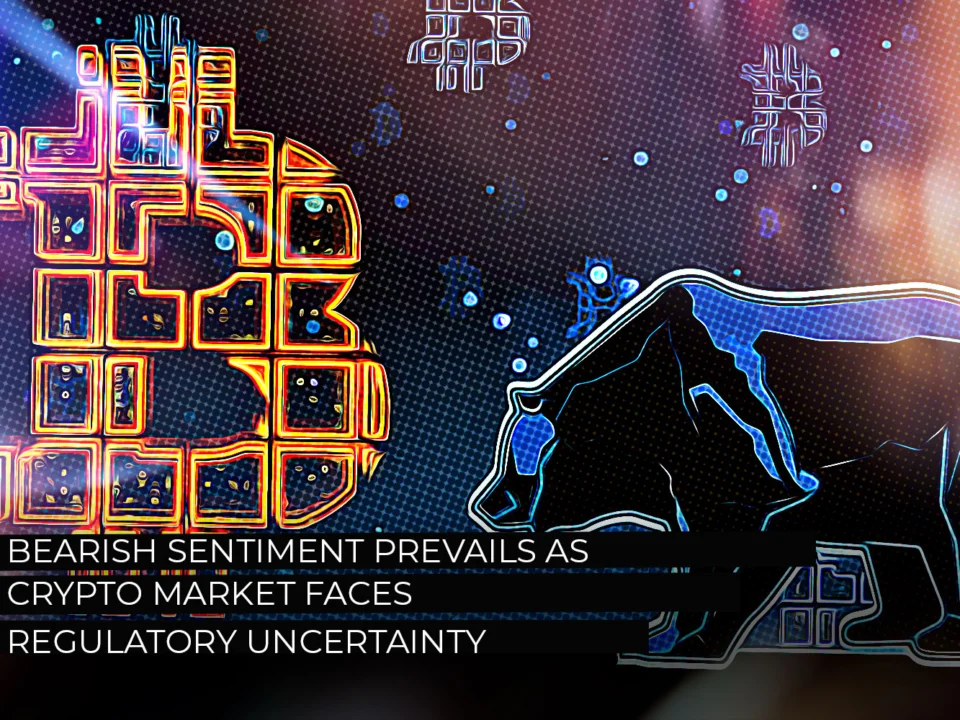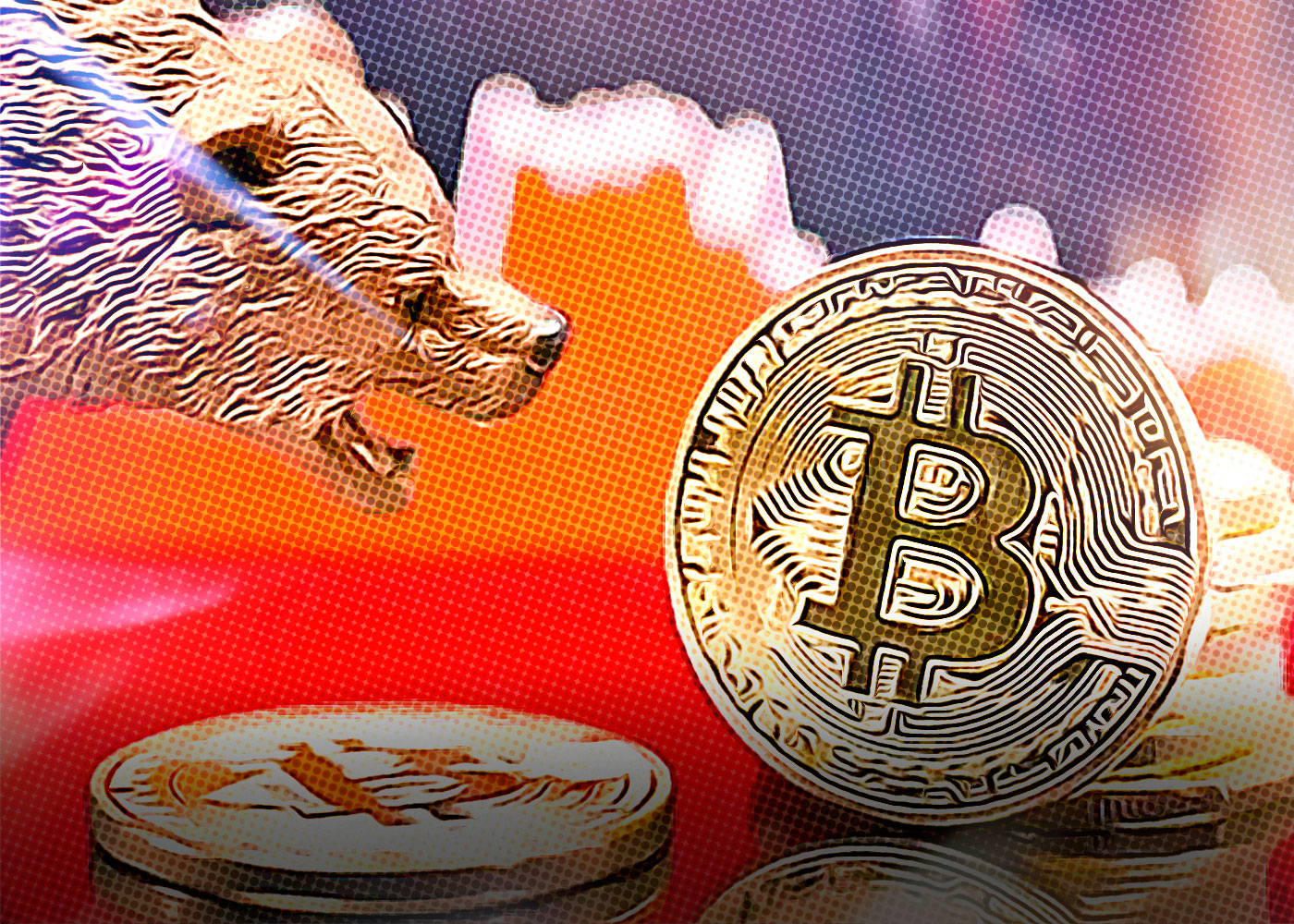As the crypto market grapples with regulatory uncertainty, bearish sentiment continues to dominate. Investors and traders are increasingly cautious, leading to decreased market confidence. This regulatory ambiguity affects major cryptocurrencies, causing fluctuating prices and reduced trading volumes. Consequently, the entire crypto industry faces potential long-term effects, including slower growth and altered investment strategies. With such an unpredictable regulatory landscape, the market’s bearish outlook appears set to persist.
Impact of Regulatory Uncertainty on Market Sentiment

Regulatory uncertainty has significantly influenced market sentiment, often leading to a bearish outlook in the crypto market. Several key factors contribute to this trend:
- Lack of Clear Guidelines: Investors tend to be skeptical when regulations are unclear or inconsistent, leading to cautious behavior and reduced trading volumes.
- Increased Volatility: Ambiguous regulatory environments often result in heightened market volatility, as traders react to news and potential regulatory changes.
- Investment Hesitation: Institutional investors, who play a crucial role in market dynamics, frequently refrain from entering markets plagued by regulatory uncertainty. This cautious approach promotes a bearish sentiment.
Comparison of Investor Behavior:
| Aspect | Bullish Market | Bearish Market |
|---|---|---|
| Investor Confidence | High | Low |
| Trading Volume | Increased | Decreased |
| Institutional Investment | Active | Hesitant or Absent |
In summary, regulatory uncertainty fosters a bearish market sentiment by creating an environment where investors are hesitant and market volatility soars. Understanding these impacts is crucial for navigating the complexities of the crypto market.
How Major Cryptocurrencies Are Being Affected
Regulatory uncertainty has cast a bearish shadow over major cryptocurrencies. This sentiment manifests in several notable impacts:
1. Price Volatility:
- Bitcoin: Often the bellwether for the crypto market, Bitcoin experiences significant price swings amid regulatory news.
- Ethereum: Similarly, Ethereum’s price fluctuations align closely with legal developments.
2. Investor Confidence:
- Decline: Bearish sentiment leads to a decrease in investor confidence, resulting in lower trading volumes.
- Cautious Investment: Many investors adopt a wait-and-see approach, preferring caution over risk in a turbulent regulatory landscape.
3. Market Capitalization:
- Reduction: Uncertainty drags down the overall market capitalization of major cryptocurrencies as bearish trends dominate.
-
Comparative Analysis:
Cryptocurrency Market Cap (Before Uncertainty) Market Cap (During Uncertainty) Bitcoin $600 Billion $500 Billion Ethereum $250 Billion $200 Billion
4. Development and Innovation:
- Slower Progress: The focus on compliance sidelines upcoming projects, causing temporary setbacks in technological advancements.
- Shift in Priorities: Development teams may allocate additional resources to adhere to evolving regulations, delaying new feature rollouts.
In summary, major cryptocurrencies face a mix of price volatility, declining investor confidence, reduced market capitalization, and slower development. These factors collectively reinforce a bearish outlook in times of regulation-related uncertainty.
Potential Long-term Effects on the Crypto Industry
Regulatory uncertainty often triggers a bearish outlook in the crypto market. However, the long-term effects could be multifaceted:
Market Stabilization: Stricter regulations can lead to a more stable market. They can weed out scams and fraudulent projects, which can ultimately restore investor confidence.
Innovation Hurdles: On the flip side, heavy-handed regulations might stifle innovation. New projects could struggle to navigate complex legal landscapes, leading to a slowdown in technological advancements.
Institutional Participation: Clear regulations could encourage institutional investors to participate more actively in the market. This might counterbalance the bearish sentiments by injecting substantial capital.
| Effect | Positive | Negative |
|---|---|---|
| Market Stabilization | Enhanced investor trust | Potential loss of some crypto assets |
| Innovation Hurdles | Safer investment environment | Stifling innovative projects |
| Institutional Participation | Increased capital inflow | Possible increased centralization |
In summary, while the immediate bearish sentiment due to regulatory uncertainty poses challenges, the long-term impact could include a more mature and potentially lucrative market. Balancing these effects will be crucial for the sustainable growth of the crypto industry.
Frequently Asked Questions
What does bearish sentiment mean in the context of the crypto market?
Bearish sentiment in the crypto market refers to the overall negative outlook and expectation among investors that cryptocurrency prices will continue to decline. This sentiment is often driven by various factors such as regulatory uncertainty, market analysis, and geopolitical events, leading investors to either sell off their assets or hold back on making new investments.
How does regulatory uncertainty impact the crypto market?
Regulatory uncertainty impacts the crypto market by creating a lack of clarity on how cryptocurrencies will be governed by various national and international regulatory bodies. This can lead to fear and hesitation among investors, as they are unsure about the potential legal and financial implications of their investments. Such uncertainty can cause increased market volatility and discourage both new and existing investors from participating in the market.
What are some recent examples of regulatory changes affecting the crypto market?
Recent examples of regulatory changes affecting the crypto market include the U.S. Securities and Exchange Commission (SEC) increasingly scrutinizing initial coin offerings (ICOs) and classifying some cryptocurrencies as securities. Additionally, countries like China have imposed strict regulations and outright bans on certain crypto activities, such as mining and trading. These actions create a more complicated and often hostile environment for crypto investors and companies.
How can investors protect themselves in a bearish crypto market?
Investors can protect themselves in a bearish crypto market by diversifying their investment portfolios to reduce risk exposure. They may also consider investing in more stable assets such as stablecoins or traditional financial instruments. Staying informed about regulatory changes and market trends can help investors make more educated decisions. Additionally, employing strategies such as dollar-cost averaging (DCA) can mitigate the risks associated with market volatility.







